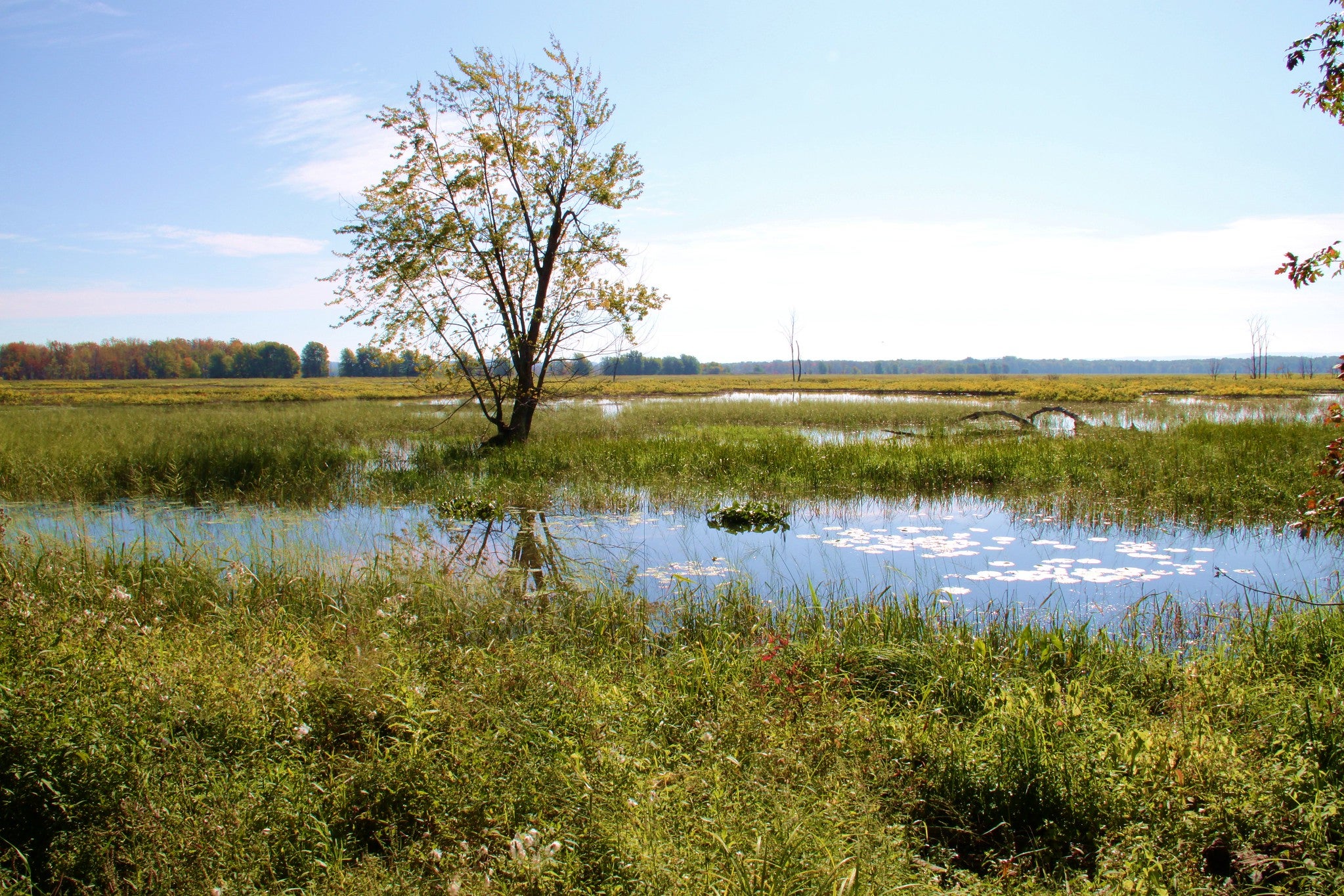Nutrient pollution from excess fertilizer use threatens water quality around the world. Wetlands, lakes and reservoirs can limit the movement of these nutrients to downstream waterways, protecting their water quality. But, little is known about how their size influences their ability to retain these nutrients.
Authors Fredrick Cheng and Nandita Basu compiled a global dataset of wetlands, lakes and reservoirs and their ability to process nutrients. They input this dataset into continuously stirred tank reactor and plug flow reactor models to determine volumetric removal rates within these systems. They hypothesized that smaller water bodies would be more effective biogeochemical reactors, and therefore remove more nutrients, because of their greater ratio of sediment contact area to water volume.
They found that smaller water bodies tend to have higher nutrient removal rates, making them highly important for protecting downstream water quality. Then, they applied these findings at a landscape scale. In this exercise, they found many small wetlands could remove more nutrients than a single large wetland of the same size.

This outcome has important implications for wetland protection across our landscapes. Typically, policies have focused on maximizing the total area of wetlands preserved, favouring the protection of larger wetlands. But, this research has shown that to maximize nutrient removal in the landscape and protect downstream water quality, protecting small wetlands is also critical.
This recent research was featured in the Special Wetlands Issue of WaterResearch from the Water Institute.
Cheng, F.Y., & Basu, N. (2017). Biogeochemical hotspots: Role of small water bodies in landscape nutrient processing. Water Resources Research, 53, 5038-5056, doi.org/10.1002/2016WR020102.